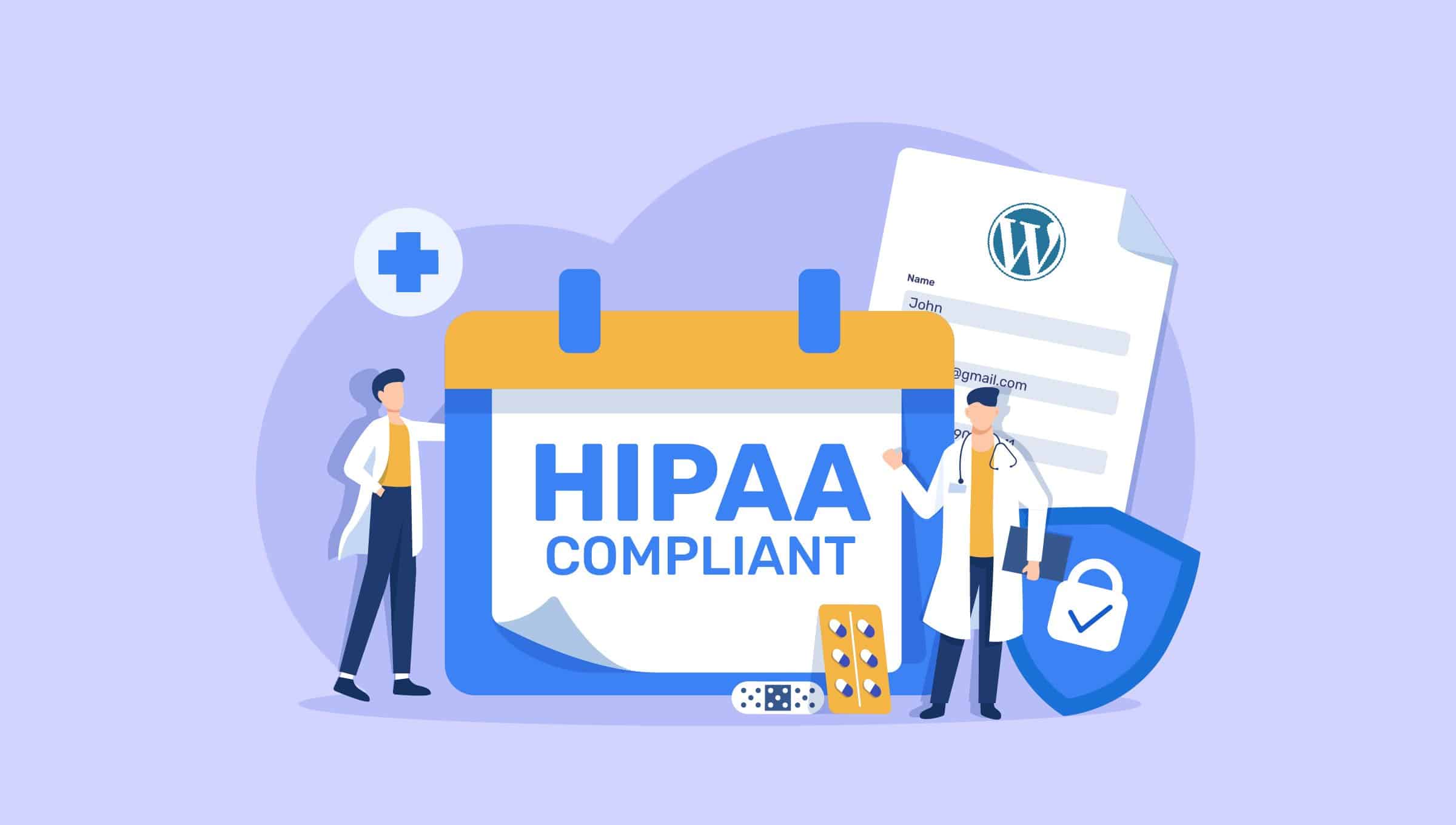As healthcare and data security laws evolve, understanding HIPAA compliance in 2025 is vital for any organization handling protected health information (PHI). Whether you run a private practice, manage a larger healthcare network, or provide IT services to medical clients, you must stay informed about new expectations and maintain a strong compliance strategy. This guide outlines key components of HIPAA, what has changed in 2025, and how your business can stay compliant and secure.
HIPAA Compliance Going into 2025
HIPAA, the Health Insurance Portability and Accountability Act, has always focused on safeguarding patient data and ensuring privacy. In 2025, the emphasis remains on data protection, but the landscape is more complex. Increased telehealth use, broader data sharing, and stricter enforcement have raised the stakes for healthcare providers and business associates.
This year, regulators are closely reviewing how healthcare data is accessed, stored, transmitted, and monitored. Organizations that fail to meet updated expectations face increased risks of audits, fines, and reputational damage.
Essentials Regarding HIPAA Compliance Going into 2025
To navigate the current regulatory environment, healthcare organizations must follow several updated essentials:
1. Updated Risk Assessments
Annual risk assessments are still required, but in 2025, the Department of Health and Human Services (HHS) expects these to be more comprehensive. This includes evaluating third-party vendors, software tools, and remote access solutions. Organizations should document any identified vulnerabilities and implement specific action plans.
2. Encryption Standards
HIPAA has always recommended encryption for data at rest and in transit. In 2025, this recommendation is closer to a requirement. Regulators are holding organizations accountable if unencrypted data is breached and no strong justification exists.
3. Expanded Audit Controls
Healthcare entities are expected to implement detailed audit controls. This means keeping logs of all data access points, analyzing them regularly, and being able to produce clear access records upon request.
4. Telehealth Protocols
As telehealth continues to grow, healthcare providers must use HIPAA-compliant platforms, apply end-to-end encryption, and ensure patients understand how their information is being protected during virtual consultations.
5. Employee Training
One of the most common reasons for HIPAA violations is human error. Updated HIPAA compliance in 2025 includes more frequent and role-specific training. Every team member must understand their responsibility in protecting patient data.
Criteria for HIPAA Compliance
There are four main HIPAA rules that every organization must follow:
1. Privacy Rule
This rule outlines how and when PHI can be used or disclosed. Organizations must develop clear policies, offer patients access to their records, and ensure staff knows how to manage privacy rights.
2. Security Rule
This includes administrative, physical, and technical safeguards. Organizations must limit access to PHI, secure facilities, implement strong passwords, use firewalls, and maintain backup plans.
3. Breach Notification Rule
If a data breach occurs, organizations must notify affected individuals, the HHS, and in some cases the media. In 2025, the timeframe for notification remains within 60 days of discovery, but quick response and transparency are expected.
4. Enforcement Rule
The Office for Civil Rights (OCR) continues to enforce HIPAA. Fines range from thousands to millions of dollars, depending on the severity and negligence of the violation.
Ensuring HIPAA Compliance: IT Solutions for Healthcare Organizations
Technology plays a crucial role in achieving and maintaining HIPAA compliance. The right IT support can reduce risk, improve efficiency, and strengthen patient trust.
1. Secure Cloud Storage
Storing PHI in a secure, encrypted cloud environment protects data from loss and unauthorized access. Cloud providers must sign Business Associate Agreements (BAAs) and meet HIPAA technical requirements.
2. Endpoint Protection
As more healthcare providers use mobile devices and remote access, endpoint security is essential. Antivirus software, mobile device management, and automatic updates help minimize vulnerabilities.
3. Backup and Disaster Recovery
HIPAA requires a contingency plan in case of emergency. This includes regular data backups, off-site storage, and the ability to recover records quickly. IT providers should test recovery systems periodically.
4. Access Controls and Authentication
Role-based access, multi-factor authentication, and strict password policies limit exposure. Only authorized users should access sensitive patient records, and their activity should be logged.
5. Monitoring and Reporting
Real-time monitoring tools help detect unauthorized access, data anomalies, or system vulnerabilities. Automated alerts and reports help organizations respond quickly to potential risks.
6. Compliance Management Tools
Specialized HIPAA compliance platforms can help document policies, track employee training, and manage audits. These tools keep healthcare organizations prepared for inspections.
7. Staff Education and Phishing Prevention
Cybersecurity training must go beyond HIPAA policy. It should include phishing simulations, social engineering awareness, and protocols for reporting suspicious activity.
Conclusion
HIPAA compliance in 2025 is not only a legal requirement but also a strategic priority. Organizations that take a proactive approach to data protection will be better positioned to serve patients, avoid penalties, and adapt to changing healthcare technologies.
From updated encryption standards to advanced IT support and better employee education, healthcare entities must stay ahead of regulatory expectations. The stakes are higher, but with the right tools and practices, compliance can become a strength rather than a burden.
FAQs
1. What is HIPAA compliance in 2025?
HIPAA compliance in 2025 refers to adhering to updated healthcare data protection rules under the Health Insurance Portability and Accountability Act, including new security, privacy, and breach notification standards.
2. Who needs to follow HIPAA regulations?
Healthcare providers, insurers, clearinghouses, and their business associates handling protected health information (PHI) must comply with HIPAA regulations.
3. What are the key updates to HIPAA in 2025?
Recent changes include stricter data access controls, updated breach reporting timelines, and enhanced patient rights regarding digital access to their medical records.
4. How can IT services help with HIPAA compliance?
IT services provide risk assessments, data encryption, secure backups, access management, and continuous monitoring to keep healthcare organizations compliant.
5. What happens if a business fails to meet HIPAA requirements?
Non-compliance can lead to significant fines, legal consequences, loss of trust, and data breaches that impact patients and healthcare operations.

